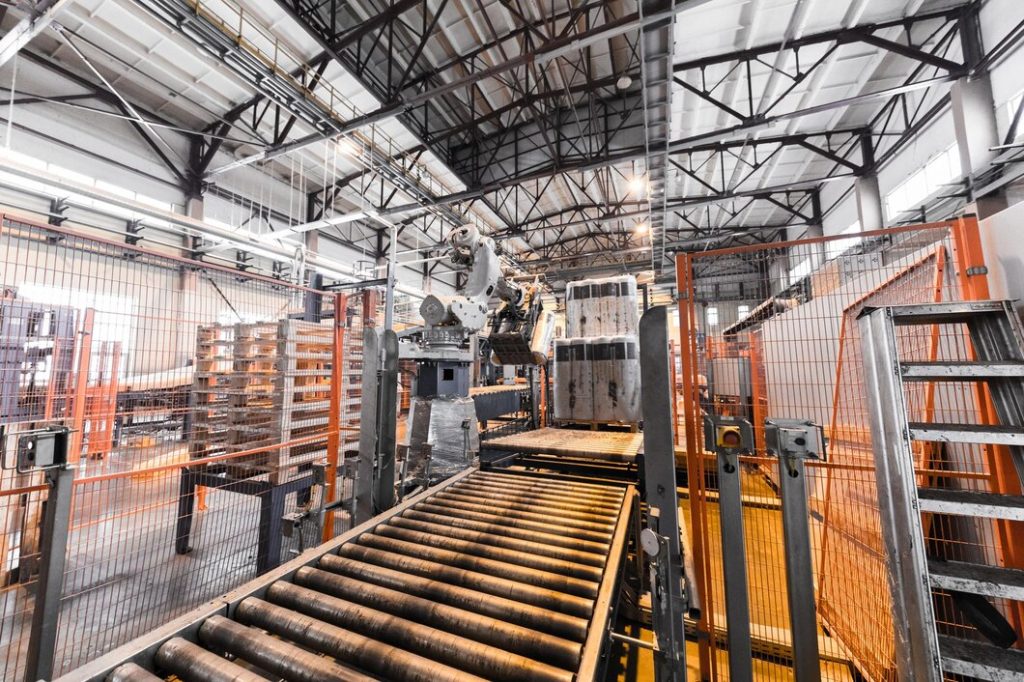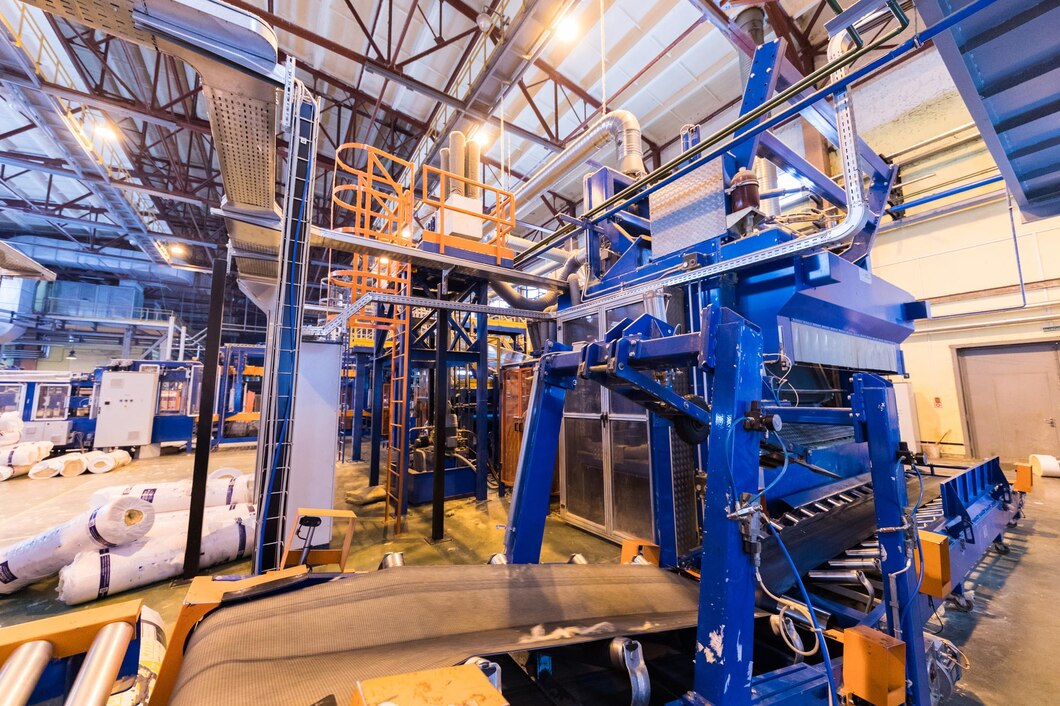Selecting the right horizontal boring mill (HBM) for your manufacturing needs is a critical decision that impacts not only the quality of your work but also the efficiency and productivity of your operations.
When faced with the task of choosing an HBM, it’s important to evaluate the specific requirements of your projects. From the size and material of the components you’ll be working with to the precision and features you need, each factor plays a significant role in finding an HBM that fits seamlessly into your production line.
Understanding Your Manufacturing Needs
Before diving into the specifics, it’s crucial to map out the dimensions of your projects, the volume of work you handle, and the types of materials you work with.
Assessing Project Requirements
Your horizontal boring mill (HBM) should align with the precision and types of operations your work demands. Whether you’re drilling, milling, or shaping, identify the range of hole sizes and the complexity of movements required. For intricate projects, consider an HBM with a rotary table for added flexibility.
- Precision Needs: Consider tolerance levels and surface finish requirements.
- Operation Types: List operations like threading, tapping, or reaming that your HBM must perform.
Volume and Capacity
The first step is to understand your production volume. Ask yourself, how many parts are we producing each month? This is your current volume. But don’t stop there.
Consider where you want to be a few years down the line. Will your production increase due to demand or an expansion of your services? This foresight into your future projection is crucial. Your HBM needs to not only meet your needs today but also grow with you, ensuring efficiency and quality don’t dip as you turn up the tempo.
Material Considerations
Now, think about the materials you’ll be working with. Each material has its own unique characteristics and needs. Iron, steel, aluminum, and plastics each bring their own flair to the floor. Some, like the robust steel, might demand a partner (HBM) with a bit more muscle (torque) and resilience (durability).
It’s essential to identify the materials you use most frequently and understand their requirements. This step ensures your HBM can sustain the performance you need without bowing out early due to wear and tear. After all, a good dance partner is one that can keep pace with you, regardless of the music you’re set to.
Navigating the World of Horizontal Boring Mills: Finding Your Perfect Fit

Horizontal boring mills come with their own unique set of strengths, tailored to meet different aspects of your manufacturing needs. Let’s explore these types and discover how they align with your projects, ensuring your workshop sings with efficiency and productivity.
- Table Type Boring Mill: Ideal for handling heavy, large workpieces with precision, offering robust support and versatility.
- Floor Type Boring Mill: Best suited for oversized or unusually large projects, providing unparalleled freedom and capacity.
- Planer Type Boring Mill: Combines the best of planning and boring, perfect for large pieces requiring linear movement and machining.
- CNC Type Boring Mill: Offers unmatched precision and automation for complex, high-tolerance machining tasks.
Related: Why Your Manufacturing Business Needs Analytics Software
Essential Considerations for Selecting a Horizontal Boring Mill
When it’s time to bring a new horizontal boring mill into your manufacturing fold, the decision can significantly impact your workshop’s efficiency, product quality, and overall productivity. To navigate through the myriad options and find the perfect HBM for your needs, focus on these key features that directly influence performance and outcomes.
Spindle Specifications: The Heart of Your HBM
– Diameter: The spindle’s size is crucial as it determines the maximum size of the workpiece your HBM can accommodate. Opting for a larger diameter spindle opens up possibilities for tackling bigger projects.
– Speed Range: The revolutions per minute (RPM) of the spindle affect how fast you can cut materials. Selecting an HBM with a speed range that matches your specific material and machining requirements is essential for optimal cutting speeds.
– Power: The spindle’s horsepower (HP) is a testament to its strength. Ensure the HP is sufficient for the toughness of the materials you plan to work with, allowing you to machine with confidence.
Tool Storage and Change Capability: Enhancing Efficiency
– Automatic Tool Changer (ATC): An HBM with an ATC can significantly reduce turnaround times. The capacity and speed at which the ATC operates determine how quickly you can switch between tools, affecting cycle times and minimizing manual intervention.
– Type of Magazine: Choosing between carousel and chain-style magazines depends on your specific needs, as each has its advantages. Consider the volume and types of tools you frequently use to decide which magazine type best supports your operations.
Precision and Accuracy: Ensuring Quality
– Feedback Systems: Technologies like linear scales and rotary encoders are vital for enhancing the precision of your machining work, ensuring that your HBM can produce parts with high positional accuracy and repeatability.
– Thermal Stability: Features that compensate for thermal expansion are critical for maintaining accuracy during extended operation periods. Look for HBMs designed with thermal stability in mind to ensure consistent quality over time.
Summary
Understanding these nuances and aligning them with your operational requirements ensures that your HBM will enhance your workshop’s capabilities, pushing the boundaries of what’s possible in your manufacturing endeavors. As you navigate this selection process, remember that the right HBM is out there, ready to become an integral part of your production line, driving your projects to new heights of innovation and excellence.
Read Also:




Leave A Comment